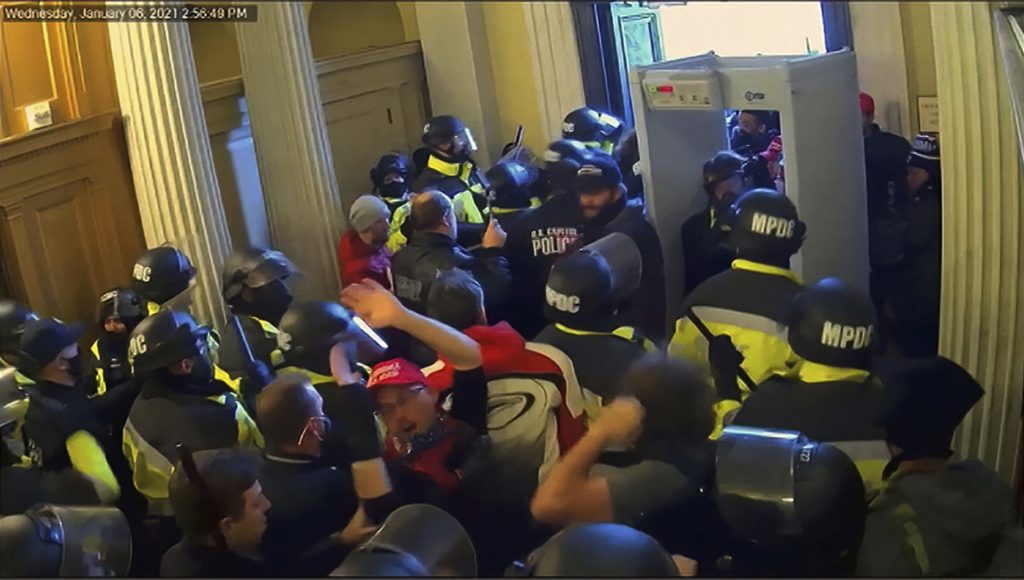The New York Times released Wednesday a short documentary entitled “Day of Rage: An In-Depth Look at How a Mob Stormed the Capitol.” The film, as you might imagine, details the play-by-play of the January Capitol riot. Using thousands of hours of footage shot by the rioters themselves, the New York Times Visual Investigations pulled off an incredible achievement in film editing. Leave your preconceived ideas of the day at the door; I want to talk about the filmmaking skill on display in “Day of Rage.”
As mentioned, thousands of hours of footage were used to create this film, making the editing process extremely daunting in the first place. What makes this process so much more difficult is that no one on the New York Times’ staff was filming this. Creating a documentary made up of some archival footage not shot by the filmmakers is typical. A film being spliced together from footage shot completely by amateurs and with no input from the people who ultimately make the film is another level of challenging.
The Times crew created a storytelling hurdle for themselves as well, which only compounded the difficulty of making “Day of Rage.” Their framing device was a chronological retelling of the day’s events. Again, without shooting the footage themselves, it’s incredible that the filmmakers were able to piece together everything that happened so accurately. For my own sake, it was incredible to see when in the timeline each major development in the storming happened. I’ve always been found of strict, chronological retellings of events, so this technique was greatly appreciated.
I think it’s important to recognize the people who actually sorted through the footage in the first place. In the film, the faces of certain rioters are pointed out in the chaos. Without some kind of facial recognition software, I can’t imagine how excruciating it must have been to comb through hours of video in order to find individual faces. The cutting room floor for this film is likely littered with footage bound for the Library of Congress.
The toughest part of watching the footage, I would imagine, is not becoming jaded. There’s a live death in this film, and the impact of that moment is a lot to handle. Say what you will about the victim, Ashli Babbitt, but watching her fold and die is haunting, even with a warning.
In so many other frames of the film, the Capitol police and security offers are being assaulted. Even in a condensed format, it’s a challenge to make it through watching this violence for the first time without feeling something. Watching this footage for months on end, as the filmmakers did, had to have been tough.
When a film really strikes me, I can’t stop thinking about it. “Day of Rage” kept me up Wednesday night. It’s a harrowing filmmaking accomplishment, specifically in the editing department. This is Pulitzer-level work. If it’s eligible for the documentary short Oscar, it should be considered. If you love filmmaking or democracy, it’s an essential viewing experience.

Sam Zavada is a copy editor with The Standard-Speaker in Hazleton. He previously served as the news clerk at The Standard-Speaker, working with the obituaries and the community and lifestyle pages. Sam’s work in print dates back to his time at King’s College, where he spent two years as the editor in chief of the school’s newspaper, The Crown. Earlier in his time with The Crown, he worked as a staff writer and the entertainment manager. Contact him at szavada@standardspeaker.com.



